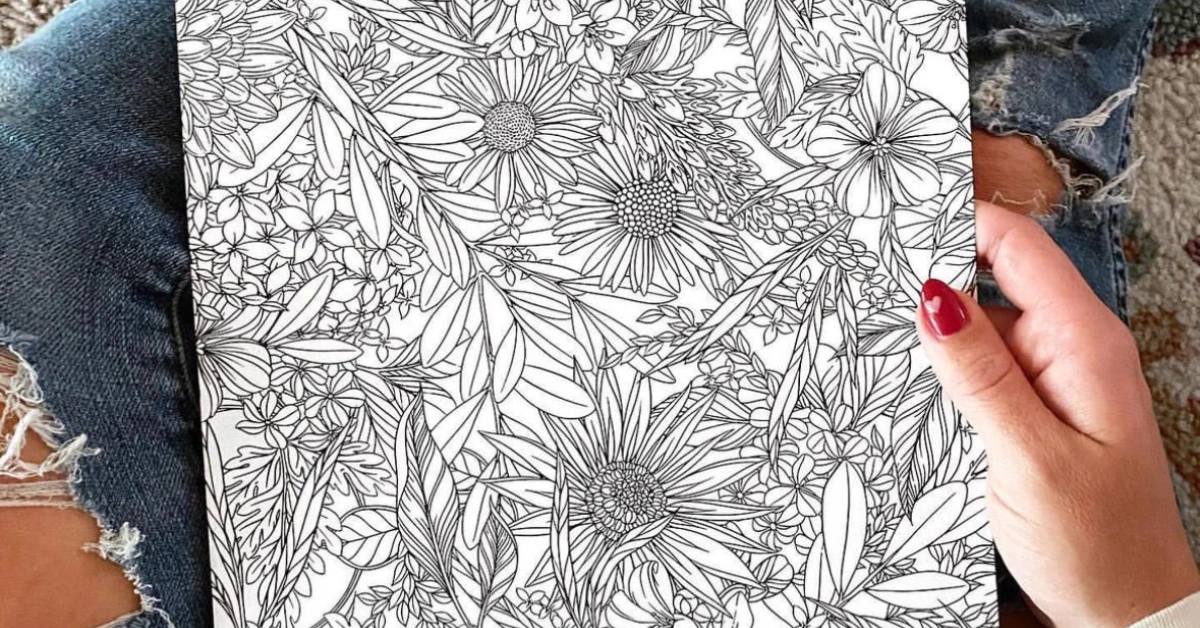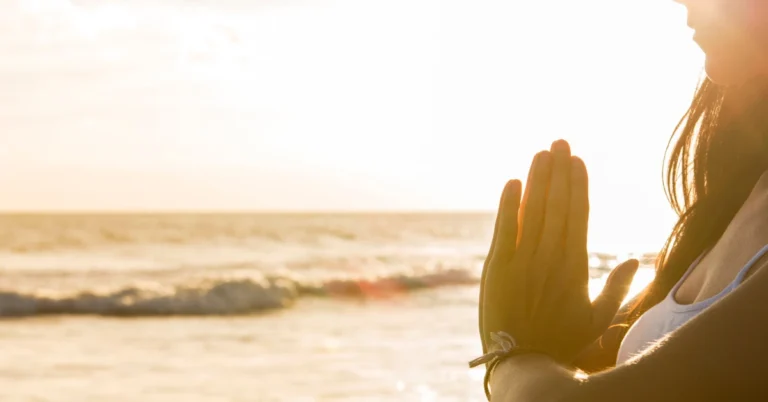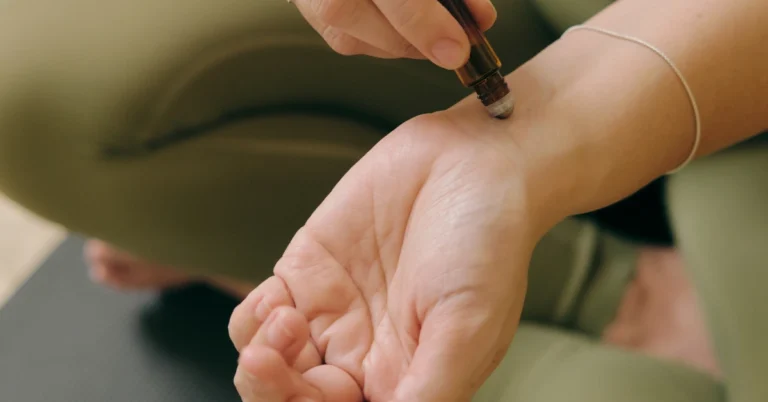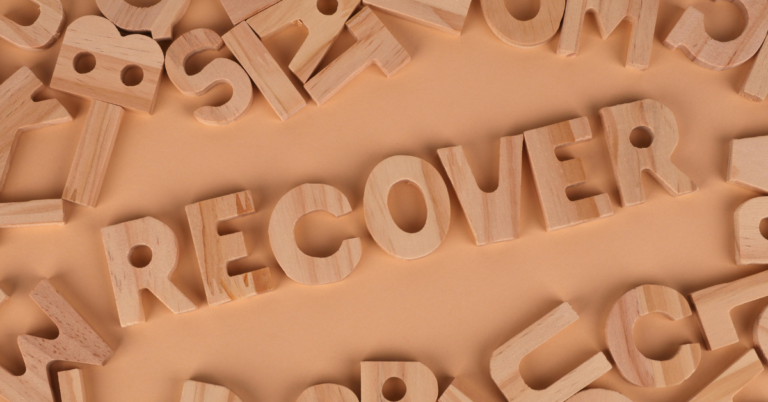Step into a world of mindfulness and creativity as we explore the art of “Meditative Coloring.” In a fast-paced, digitally dominated era, it’s easy to overlook the soothing power of a simple pencil and paper.
This blog is your gateway to rediscovering the meditative magic of coloring. It’s a practice that not only lets you express your creativity but also offers a peaceful escape from the chaos of daily life.
Imagine immersing yourself in intricate patterns, allowing your mind to unwind, and experiencing the therapeutic benefits of Meditative Coloring. Throughout these articles, we’ll delve into the essence of this practice, its calming effects, and techniques to enhance your experience.
Whether you’re an artist or haven’t picked up a colored pencil in years, join us on a journey to rekindle the joy of Meditative Coloring. Let’s awaken your inner artist and find serenity through the stroke of a colored pencil.
Pros: ✅ Advanced Noise Cancellation Technology ✅ 40-Hour Playtime ✅Pressure-Free Comfort
Cons: 🚫 Restricted App Settings
Getting Started with Meditative Coloring
Meditative coloring is a wonderful way to relax and de-stress. Here are a few tips to help you get started:
Choosing Coloring Materials
When it comes to coloring materials, there are many options available. Some people prefer to use colored pencils, while others prefer markers or gel pens. Whatever you choose, make sure it is something that you enjoy using.
You may also want to consider the type of paper you use. Some people prefer to use thicker paper, while others like to use thinner paper. It’s important to find what works best for you.
Finding a Quiet Space
Finding a quiet space to color is important for creating a relaxing environment. This could be a spare room in your house, a quiet corner in your bedroom, or even a park bench outside.
Make sure the space you choose is free of distractions. Turn off your phone and any other electronics that might interrupt your focus.
Remember, the goal of meditative coloring is to calm your mind and reduce stress. By choosing the right coloring materials and finding a quiet space to color, you can create a peaceful environment that will help you achieve this goal. If you enjoy colors and meditation, you should try color meditation – perfect combination.
Advanced Techniques in Meditative Coloring

Layering and Blending
When I want to create a more complex and nuanced coloring page, I turn to layering and blending techniques. Layering involves coloring a section with one color, then adding another color on top of it to create a new shade or hue. Blending involves using a tool such as a blending pencil or marker to smooth out the transition between two colors.
To layer effectively, I recommend starting with the lightest color and gradually building up to the darkest color. This allows for a more natural transition between colors and prevents the page from becoming too dark too quickly. When blending, I use a light touch and circular motions to create a seamless transition between colors.
Shading and Highlighting
Shading and highlighting are techniques that can add depth and dimension to a coloring page. Shading involves adding darker tones to create the illusion of shadows, while highlighting involves adding lighter tones to create the illusion of light.
To shade effectively, I recommend choosing a light source and shading accordingly. For example, if the light source is coming from the top left, I would shade the bottom right of an object to create a shadow. When highlighting, I use a white or light-colored pencil to add highlights to the top left of an object to create the illusion of light.
These advanced techniques can take your meditative coloring to the next level and allow for more creativity and expression. Remember to take your time and have fun with it!
Types of Meditative Coloring
There are various types of meditative coloring that one can engage in. Here are some of the most popular types:
Mandala Coloring

Mandalas are circular designs that are often used in meditation practices. They are believed to represent the universe and can be used to help focus the mind. Mandala coloring involves coloring in intricate patterns within the circle, often with repetitive designs.
Zentangle Coloring

Zentangle is a drawing method that involves creating intricate patterns using structured shapes. Zentangle coloring involves coloring in these patterns to create a relaxing and meditative experience.
Nature Coloring

Nature coloring involves coloring in images of natural scenes such as forests, oceans, and mountains. This type of coloring can be particularly calming as it allows the mind to focus on the beauty of the natural world.
Abstract Coloring

Abstract coloring involves coloring in abstract designs and patterns. This type of coloring can be particularly therapeutic as it allows the mind to focus on the creative process without worrying about creating a specific image.
Coloring Books for Adults
There are many coloring books designed specifically for adults that are meant to be used as a form of meditation. These books often feature intricate designs and patterns that can be colored in to create a relaxing and meditative experience.
By finding the type of coloring that works best for you, you can create a relaxing and enjoyable meditative practice.
What is meditative coloring, and how does it differ from traditional coloring activities?
Meditative coloring is a form of mindful coloring where the focus is on the process, not the outcome. Unlike traditional coloring, which may emphasize creating precise, vibrant images, meditative coloring is about relaxation, stress relief, and being in the present moment while coloring. It’s a therapeutic and meditative practice.
Is meditative coloring suitable for all ages and skill levels?
Yes, meditative coloring is accessible to people of all ages and skill levels. It is an inclusive and adaptable practice that doesn’t require artistic talent. It’s suitable for children and adults, making it a versatile tool for relaxation and self-expression
What materials are commonly used for meditative coloring, and can digital coloring apps be used for this practice?
Common materials for meditative coloring include coloring books, printed coloring sheets, colored pencils, markers, and crayons. Digital coloring apps and software can also be used, but some individuals prefer the tactile experience of traditional materials. The choice of materials depends on personal preference.
What are the potential benefits of incorporating meditative coloring into a daily or weekly routine?
Meditative coloring can offer various benefits, including stress reduction, improved focus and concentration, enhanced creativity, and a sense of relaxation and inner peace. Regular practice can help individuals manage anxiety and promote mindfulness, making it a valuable addition to self-care routines.
If you liked this blog article about meditative coloring, don’t forget to follow us on Pinterest so you don’t miss any more meditation news!






